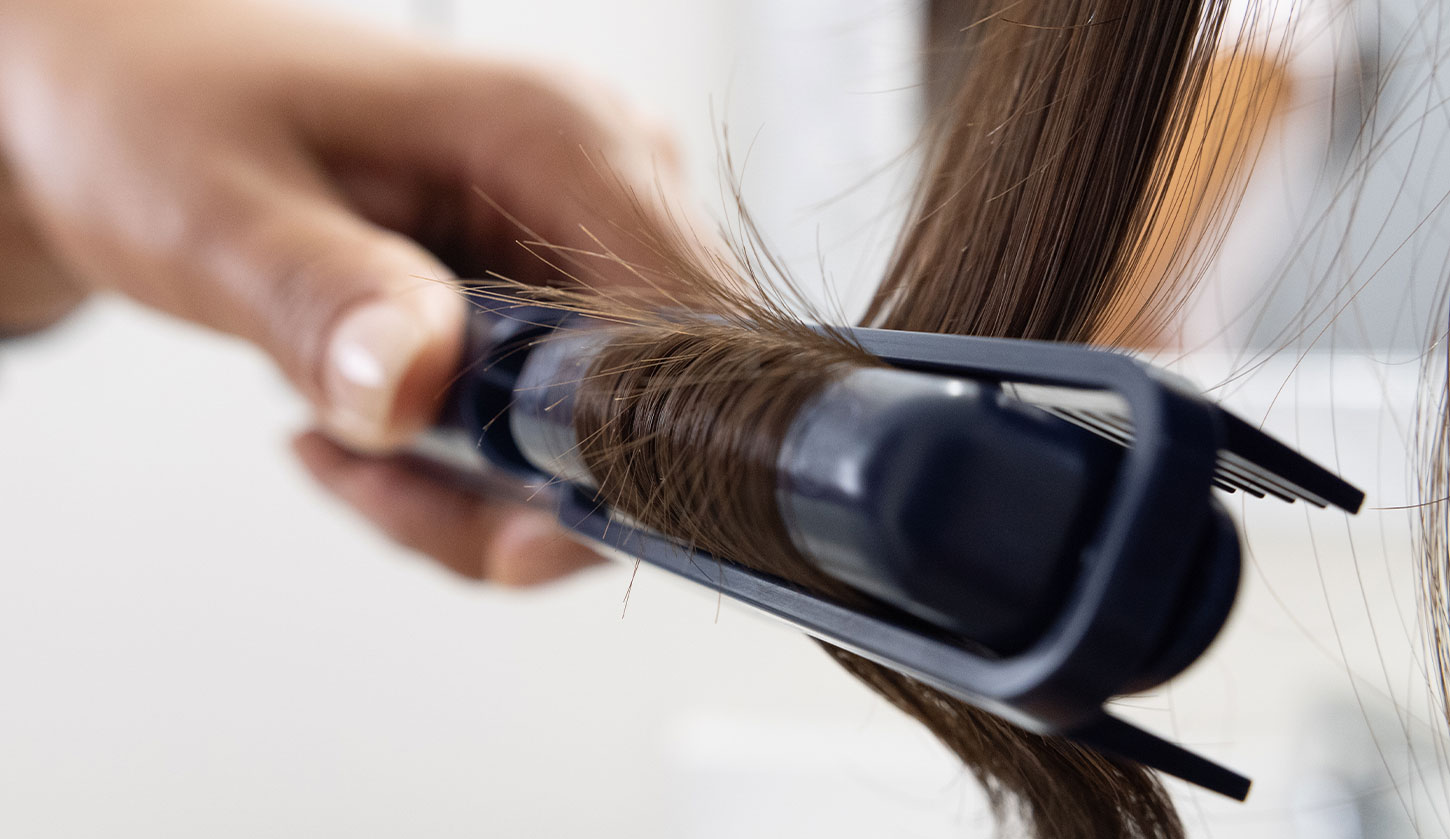Your cart is currently empty!
October 27, 2025
If you’re looking to maintain length while eliminating split ends, the “bend & dust” method is a game-changer. In the video titled “Hair dusting! BEND & DUST Method ✂️” by a professional stylist, we learn a precise, strand-by-strand technique designed for optimal hair health.
Here’s how it works:
- Start with dry hair, since wet strands hide small splits and irregularities. Medium
- Section your hair into manageable parts, then take small subsections.
- Bend or twist each subsection to expose fly-away split ends — the strands that stick out when the hair is bent. Instagram+1
- Using sharp hair-cutting scissors, carefully trim just the visible splits, without removing the full length of the strand. This is the “dusting” step: you’re removing the damaged tips, not reshaping the cut. Medium+1
- Repeat around your head. Frequency depends on your hair’s damage level, but every 6–8 weeks is recommended for many. Marie Claire UK
Why we love this for edgedusting.com’s audience:
- It aligns perfectly with our focus on gentle, precise hair-maintenance methods.
- It helps retain length while still addressing the crucial issue of split-end removal, making it a smart technique for anyone serious about healthy ends.
- It pairs well with our recommended products for damage repair, hydration and breakage prevention.
Pro Tips for best results:
- Use a bright light so you can clearly see the tiny fly-aways.
- Choose professional hair-cutting shears rather than regular scissors.
- Dust even if you’re not ready for a full trim—this will delay needing a major cut and preserve your length.
- Follow up with a good deep conditioner or protein mask to strengthen the freshly exposed ends.
Implementing this bend & dust technique into your routine will help you enjoy longer, healthier hair with minimal length lost—ideal for the ongoing goals of the edgedusting.com community.
18

